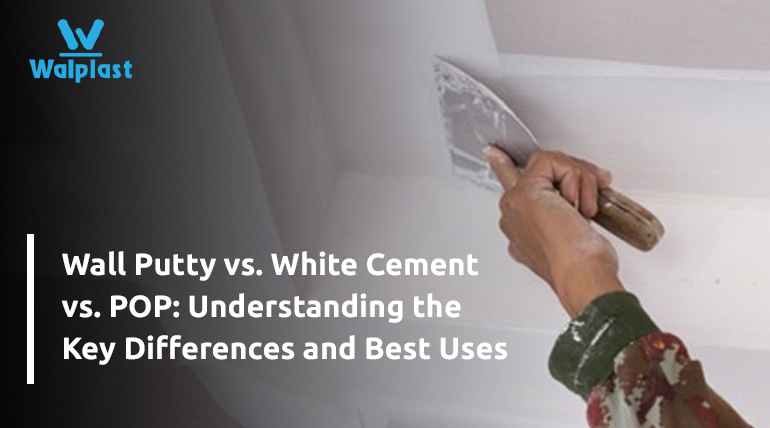
Walls do more than separate rooms; they also affect how a building looks, feels, and is put together.
For the walls of your home, a modern office, or a business complex, you can use a variety of materials. Picking the right ones will impact how long they last and how nice they look. People mix Plaster of Paris (POP), wall putty, and white cement in different ways.
Each one does a different thing to help get the surface smooth and ready, though.
Here are the main differences between While Wall Putty, White Cement, and Plaster of Paris (POP), how well they work, and the best ways to use each to make wall finishes that last a long time and look good.
Understanding their differences helps you make informed decisions for both new construction and renovation projects.
1. What Is Wall Putty?
Wall putty is a fine, smooth, white material applied before painting to ensure an even surface. It helps in filling hairline cracks and pores in plastered walls, providing a perfect base for paint finishes.
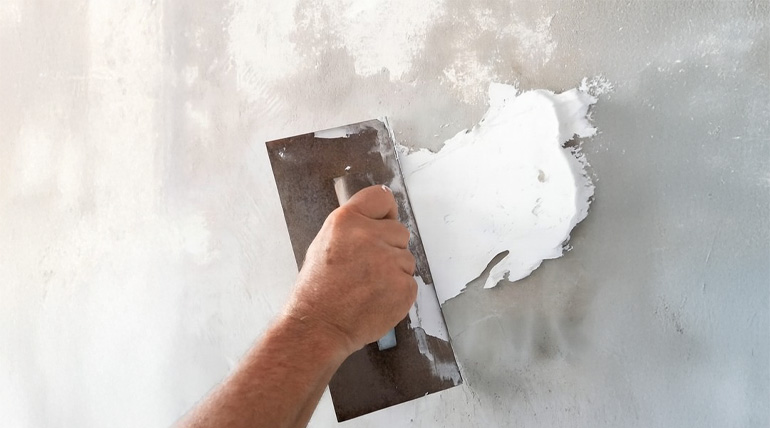
Composition:
Usually made from white cement, polymers, and minerals, wall putty comes in two main types:
Cement-based putty – suitable for both interior and exterior surfaces.
Acrylic-based putty – ready-to-use, ideal for interiors.
Key Benefits:
- Provides a smooth, uniform finish.
- Enhances paint durability and adhesion.
- Resistant to moisture and flaking.
- Can be applied on concrete, plaster, or drywall.
Best For:
Home interiors and exteriors, especially where long-lasting paint performance is needed.
2.What Is White Cement?
White cement is similar to ordinary grey cement but made from raw materials with low iron and manganese content, giving it a bright white colour. It’s used when aesthetics and surface smoothness are priorities.
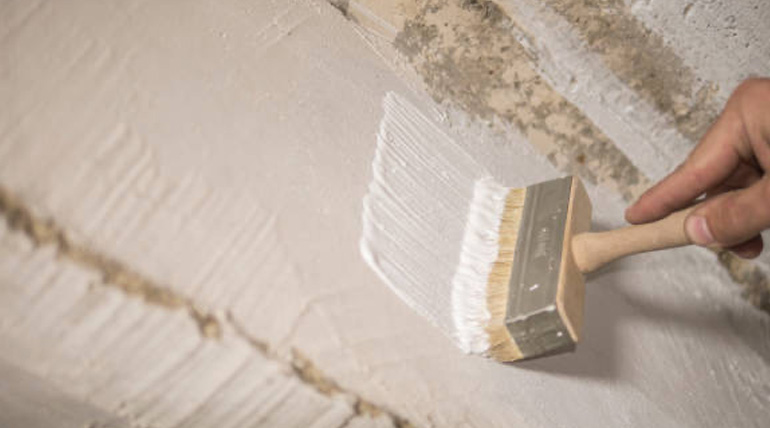
Key Benefits:
- High compressive strength.
- Reflective and smooth finish.
- Acts as a base for wall putty or paint in some cases.
- Can be used for architectural finishes, mosaic floors, and decorative work.
Limitations:
- Not designed for filling cracks or pores.
- Doesn’t offer the same smoothness or paint adhesion as putty.
Best For:
Decorative and architectural applications — like marble-like finishes, floors, or precast structures where whiteness is desired.
3.What Is Plaster of Paris (POP)?
Plaster of Paris (POP) is a quick-setting material made by heating gypsum. It’s widely used for decorative ceiling work and interior wall designs.
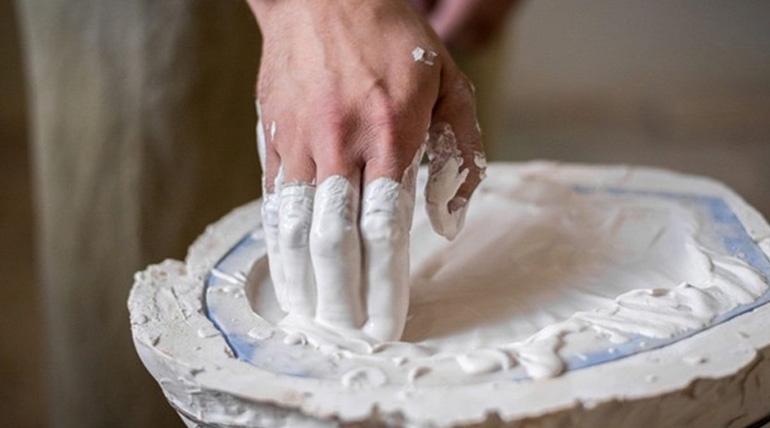
Key Benefits:
- Excellent for moulding and creating intricate designs.
- Gives a smooth, elegant surface.
- Easy to shape and quick to set.
Limitations:
- Not suitable for exteriors (weak against moisture).
- Can crack if not applied correctly.
- Requires careful mixing and application.
Best For:
False ceilings, cornices, and decorative wall textures in dry interior spaces.
Quick Comparison Table
Feature | Wall Putty | White Cement | Plaster of Paris (POP) |
Base Material | White cement + polymers | White clinker + limestone | Gypsum |
Application Area | Interior & exterior | Interior & exterior | Interior only |
Primary Use | Paint base, smooth finish | Decorative base, architectural finish | Ceiling & decorative moulding |
Finish Quality | Smooth & paint-ready | Semi-smooth | Smooth (for décor) |
Setting Time | Moderate | Slow | Fast |
Moisture Resistance | High (cement-based) | Medium | Low |
Durability | High | High | Moderate |
Cost | Moderate | Affordable | Affordable |
Which One Should You Choose?
For a Paint-Ready Surface: Go for wall putty — it’s designed to give a smooth, strong base and enhances the life of your paint.
For Decorative Finishes: Choose white cement when you need a clean, aesthetic surface or architectural effect.
For False Ceilings & Designs: POP remains unbeatable for molding creativity into walls and ceilings but only in dry interiors.
The HomeSure Advantage
At HomeSure, our comprehensive range of cement-based wall putties, including Colour Putty, Premium (Water-Resistant) Putty, and Coarse Putty, delivers unmatched adhesion, superior whiteness, and an exceptionally smooth finish. Whether you are building a new home or reviving an old one, HomeSure Wall Putty ensures a flawless, durable surface that stands the test of time, truly living up to our promise, “घर बनाए ख़ास, दिलाए विश्वास।”. Don’t Forget Walplast is 3rd largest producer of Wall Putty in India and exports to 23 countries worldwide.
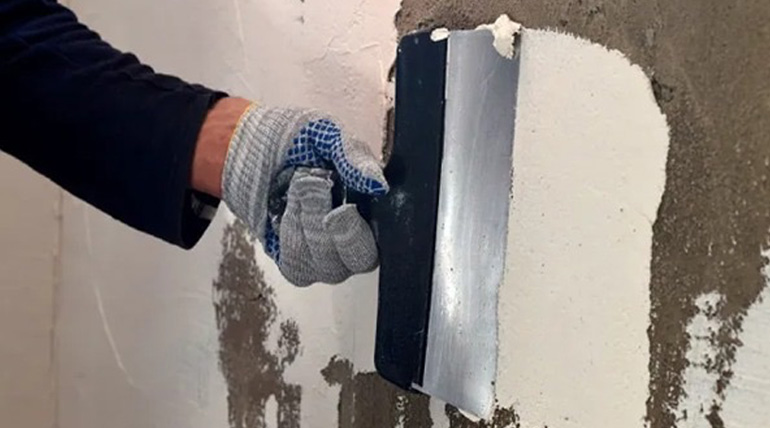
FAQs
1. Can I apply wall putty directly on bricks or concrete?
Absolutely not. Putting it on top of a properly plastered surface will help it stick better and look better.
- Is POP stronger than wall putty?
Not at all. POP is smoother than wall putty, but it’s not as strong or water-proof.
- Which is better for exterior walls – putty or white cement?
The best wall putty for outside walls is acrylic wall putty, which doesn’t soak up water and is flexible.
4. Can I use white cement instead of wall putty before painting?
Wall putty makes the surface smooth so you can paint it, while white cement can be used as a lower layer.
- Which gives a smoother finish, Wall putty or POP?
POP gives the smoothest and most refined surface, especially for decorative interiors. However, wall putty provides better strength, moisture resistance, and longevity.
- Can wall putty replace plaster?
No. Wall putty is a finishing layer, not a structural one. Plaster must be done first to level and strengthen the surface before applying putty. Is wall putty suitable for repainting old walls?
Yes. Applying wall putty on old, uneven, or repaired walls can restore smoothness, fill minor cracks, and prepare the surface for a fresh coat of paint.
Can POP be used on exterior walls?
No. POP is not moisture-resistant and should never be used outdoors or in damp areas like bathrooms or kitchens.
Which is more cost-effective: POP or wall putty?
POP is cheaper initially, but wall putty provides better durability, wider surface coverage, and reduced repainting frequency, making it more economical in the long run. On average, wall putty covers around 12–14 sq. ft per kg per coat, depending on surface conditions, ensuring excellent value for both residential and commercial projects.
10. Which material has the best moisture resistance — Wall Putty, White Cement, or POP?
Wall putty: It doesn’t soak up water quickly, especially acrylic-based kinds so that you can use them inside and outside.
White cement: Provides average strength but can soak up water if not covered.
POP: It doesn’t cope well with water; don’t use it in wet or damp places, or it may flake off over time.
